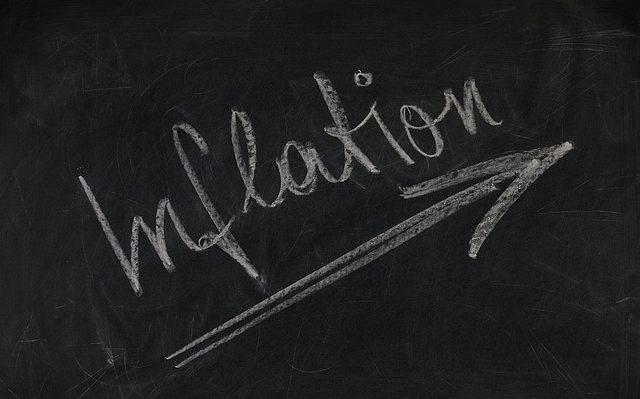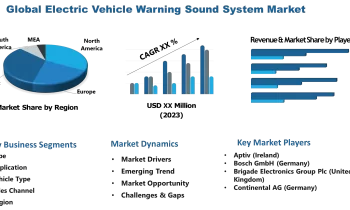
Figures released from the Office for National Statistics on Wednesday showed that UK inflation inched to 9.1% in May.
Last month’s figures, a 0.1% increase on an annual basis, from the 9% recorded in April 9%, means that consumer prices are rising at their highest rate since March 1982. May’s figure was in line with market expectations.
The latest economic news coming from the world’s fifth largest economy, follows hot on the heels of further weak data releases from the UK.
Last week, saw the Bank of England raise interest rates to a fresh 13-year high. The central banks also warned of further interest rate hikes ahead. Meanwhile, earlier this week, Rightmove published data which showed , asking prices for UK homes being put up for sale increased by just 0.3% last month. This was the smallest increase since January this year and further indication the UK housing market is cooling.
The Consumer Prices Index including owner occupiers’ housing costs (CPIH) registered at 7.9% in the 12 months to May, up from the 7.8% recorded in April.
Inflation Slowing?
On a monthly basis, consumer prices increased by 0.7% in May. This was slightly above expectations for a 0.6% increase but much lower than the 2.5% monthly increase recorded in April.
The sizeable month-on-month decline in April indicates that inflation is slowing down. Rising inflation has been hitting UK households, as energy and fuel costs soar.
UK households have been struggling to offset rising inflation, however, some comfort can be drawn from the monthly slowdown.
Samuel Tombs, chief UK economist at Pantheon Macroeconomics, said on what’s ahead:
“Looking ahead, we think the headline rate of consumer price inflation will hold broadly steady in June and during Q3, as further increases in food and motor fuel inflation are countered by a decline in core CPI inflation. Note that the month-to-month rise in the core CPI [excluding food and energy] in June 2021 was a hefty 0.5pp larger than its average June rise in the 2010s, primarily because services firms hiked prices as they exited the lockdown.
In addition, price rises should start to come off the boil for many discretionary goods, now that consumers have less money left over following big increases in food and energy prices. The run-rate of price rises in the services sector likely will ease too, now that hospitality and tourism businesses have fully responded to the return of their VAT rate to 20%.
Alas, the headline rate likely will climb to a new peak of about 10.5% in October, when Ofgem looks set to increase its default tariff cap by about 45%. But the decline in core inflation should gather momentum later this year, as recent falls in shipping costs are passed on to consumers and global producer output price inflation rolls over, now that both the inventory rebuilding cycle and the recovery in consumer demand are petering out.
We think that the monetary policy committee will stop hiking Bank Rate as soon as month-to-month increases in the core CPI have slowed to their long-run average rate—a point which we think will be reached in the autumn. As a result, we expect the committee to hike Bank Rate by 25bp in August and a further 25bp in September, before then leaving it on hold at 1.75% from November onwards.”
Samuel Tombs, chief UK economist at Pantheon Macroeconomics



